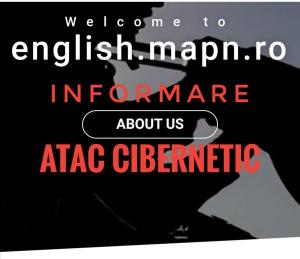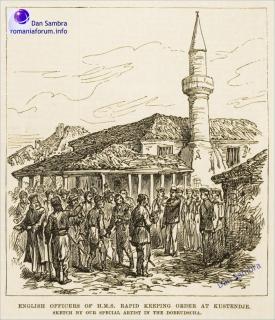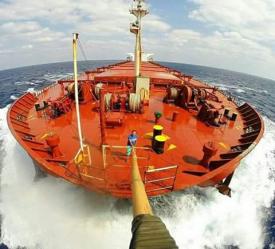Stormy seas ahead for Capesize shipping market, PwC says
30 Nov, 2011 13:44
1133
PwC report stresses risks of ‘distorted' shipping market.
Capesize fleet to soar while demand for seaborne iron ore largely stagnates
40% increase on current Capesize fleet expected over next three years with 450 on order
Bucharest, 30 November 2011. The size of the Capesize fleet is forecast to rocket over the next three years at the same time as demand growth for seaborne iron ore is set to stagnate according to PwC's ‘Dry Bulk Shipping - Capes of no Hope?' report.
There are currently 1,200 Capesize vessels worldwide at a value of $45billion but it is estimated that a further 450 more are on order over the next three years which will flood the market. While some of these orders may be delayed or cancelled, the global order book implies there will be rapid growth in seaborne transport of iron ore and coal, the main commodities carried by Capesizes.
Analysts behind the report say ship owners are expecting demand for iron ore to follow the hikes of the last decade. With this in mind, a large order book of Capesize ships to transport the cargo has built up.
Iron ore transportation has grown dramatically in the last decade, with the explosive growth of infrastructure investment in China being the key driver of this growth. However, research in the report reveals future demand growth for iron ore will probably only average low single digits over the next five years - nowhere near the demand expected.
The report states, in the absence of rapid demand growth from China, seaborne transportation of iron ore will be subdued since other major markets, such as Japan and Western Europe are relatively stagnant. India is also unlikely to make a major contribution to growth, given large domestic reserves of iron ore and a limited number of Capesize capable ports.
"As in other sectors of the shipping industry, dry bulk market participants are assuming that the next decade will look very much like the last in terms of patterns of trade flow growth. This has led to continued orders of new vessels on the assumption that Chinese demand for iron ore will continue to grow rapidly, but our estimates show that growth will be much lower in the future.The reality is that the ‘expected' growth demand for iron ore is unlikely to materialise given the already high rate of infrastructure investment in China. This will leave a substantially increased number of vessels chasing a broadly unchanged level of cargo, with negative implications for rates", stated Daniel Anghel, Partner, Indirect Tax Leader, PwC Romania.
The situation will be exacerbated by the vessel building programmes being undertaken by the large mining companies. This will decrease the amount of cargo available on the spot market, at a time when the fleet is increasing dramatically.
"While rates in the Capesize sector have improved over the last three months, we see this as a temporary respite. Continued overcapacity is likely to push rates back towards operating costs, creating significant pressure for owners trading in the spot market", added Daniel Anghel.
The worry is that these pressures will not be confined to the ship owning community. Low rates over a prolonged period will make it difficult for ship owners to keep up payments to the banks which have made substantial investments in the sector. Major sources of shipping finance include the UK, Germany, Greece, and Scandinavia, with UK banks alone having loans of over $50bn to the shipping sector.
Notes to Editors:
1. Capesize ships are the main vessels for dry bulk, homogenous produce such as iron ore and coal. The term is typically applied to vessels above 100,000 deadweight tonnes
About PwC:
PwC firms help organizations and individuals create the value they're looking for. We're a network of firms in 158 countries with close to 169,000 people who are committed to delivering quality in assurance, tax and advisory services. Tell us what matters to you and find out more by visiting us at www.pwc.com/ro.
© 2011 PwC. All rights reserved.
PwC refers to the PwC network and/or one or more of its member firms, each of which is a separate legal entity. Please see www.pwc.com/structure for further details.
Ti-a placut articolul?
Articole asemanatoare

Concurs de angajare la Universitatea Maritimă Constanța. Cine face parte din comisia de examinare
21 Dec 2022 2390
Liceul Teoretic „George Călinescu” organizează sesiunea de examen IELTS Academic în luna mai
12 Apr 2022 1389_thumb2.jpg)
Liceul Teoretic „George Călinescu" din Constanța, premiat cu trofeul Cambridge Assessment English
08 Oct 2021 2118
Oxford Test of English – cel mai „smart” mod de certificare a competențelor în limba engleză – acum și la Constanța
02 Apr 2021 2680
Ce rase de câini și-au schimbat forma de-a lungul ultimilor 100 de ani (galerie foto)
07 Aug 2016 7184







Adauga un comentariu
Nume:
Email:
Comentariu*: